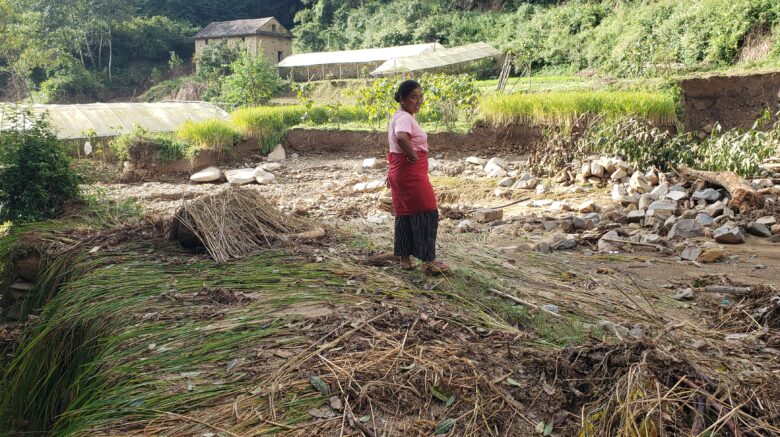“The Entrepreneur Farmers have been severely impacted by recent floods in Dakshinkali and Indrasarowar Municipality, particularly in Fulchock village. Over 15 fields have been flooded, destroying more than 30 plastic tunnels and cash crops. These resilient farmers now need our help to rebuild their livelihoods. While the municipality will handle major tasks like stream rerouting and land demarcation, we urgently seek support for land clearance, nursery development, and greenhouse restoration. Let’s stand together and help these farmers get back on their feet!”- Mr. Niroj Shrestha, Director, Shikharapur CLC
Nepal recently experienced record-breaking rainfall that caused widespread destruction, including deadly floods and landslides. At least 270 people have been confirmed dead, and 26 are still missing due to the floods and landslides that began after heavy rain started on 26th September evening.
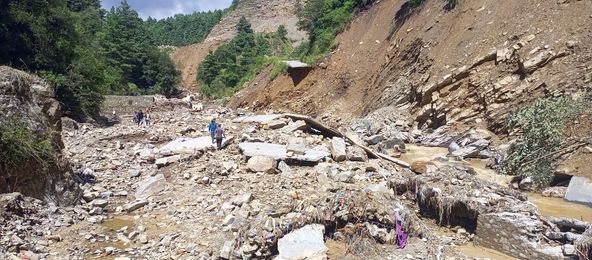
One of the main reasons behind this extreme weather is climate change, which has been shifting Nepal’s monsoon patterns. Normally, the monsoon season ends in September, but since 2013, it has been extending into October. This change has resulted in more unpredictable and intense weather events, including heavy rains in a short time and long periods of dryness, affecting thousands of people in Nepal and putting their livelihoods at risk.
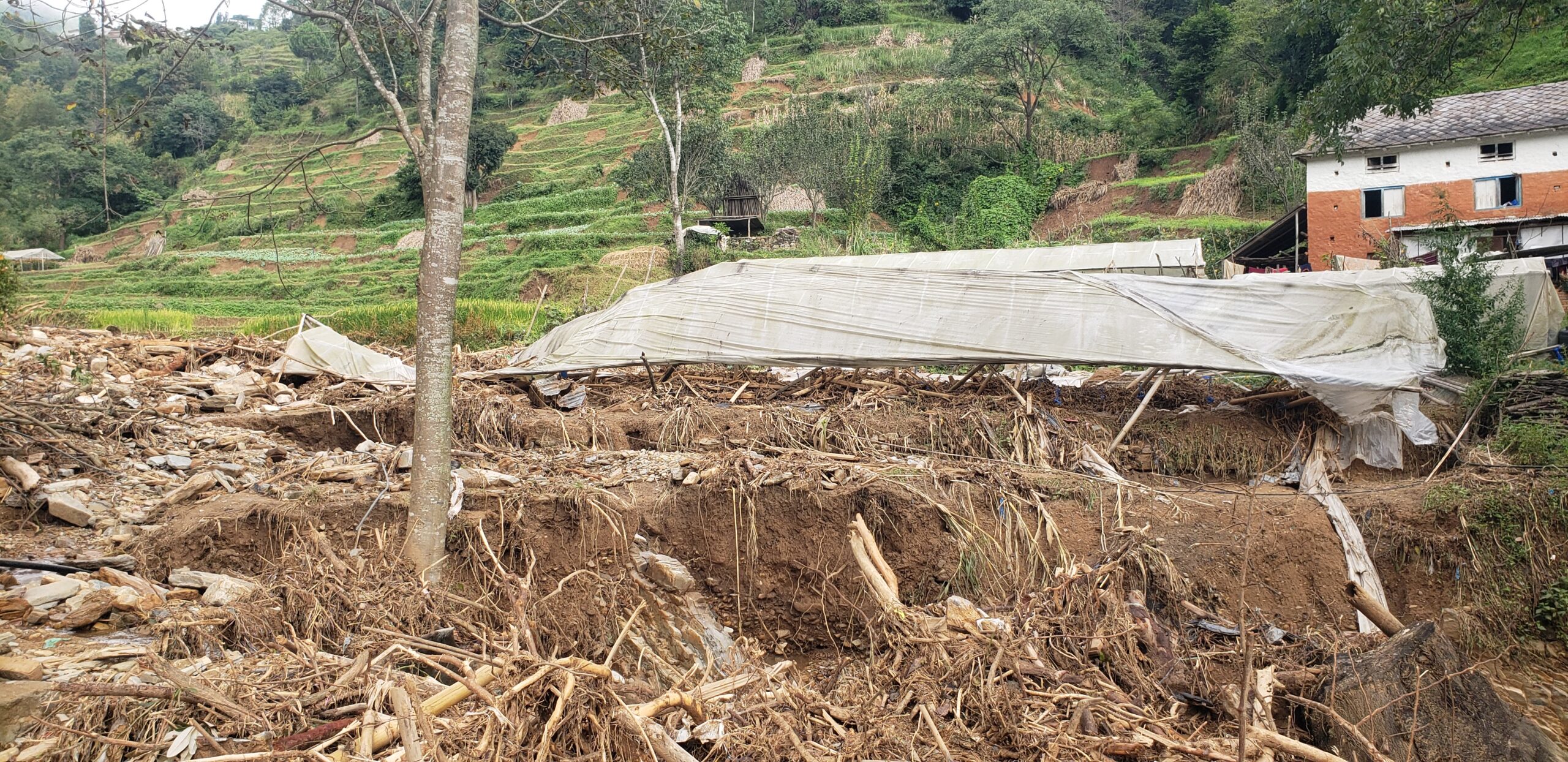
Floods have submerged many parts of the Kathmandu Valley and other districts. Landslides and floods have destroyed homes, vehicles, bridges, and highways, causing massive disruption to people’s lives. Thirteen people, including seven children, lost their lives in Dakshinkali and Indrasarowar Municipalities. Dozens of houses were destroyed by landslides, and hundreds of farmers’ fields were severely damaged. Key infrastructure, including main roads, local roads, and agricultural routes, has been impacted. Many farmers’ rice crops, ready for harvest, were ruined, along with vegetable farms. The drinking water supply, irrigation systems, and other vital facilities have also collapsed in many villages. This has resulted in a significant physical and economic loss for the government. All three levels of government are working together to restore the affected areas.
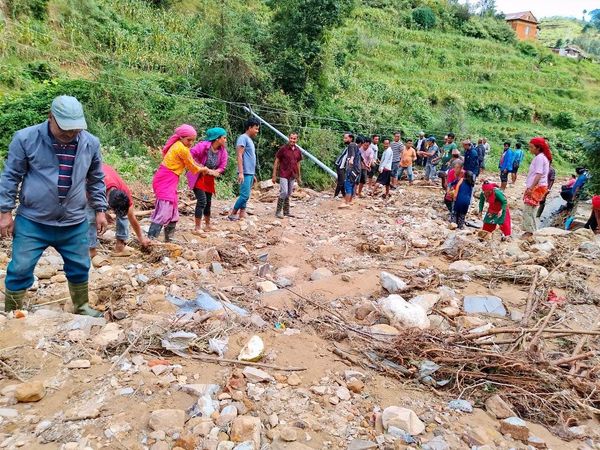
Experts argue that Nepal is one of the countries most vulnerable to climate change. The average temperature in the country is rising faster than the global average, making extreme weather events like excessive rain, droughts, and unpredictable weather more common. For example, 25 weather stations in 14 districts recorded unprecedented levels of rainfall during the recent rainstorm. The weather station at Tribhuvan International Airport recorded 239.7 millimeters of rain in 24 hours, the highest in 22 years. Daman hill station in Makwanpur district also saw 410 mm of rainfall, the highest in the last 31 years.
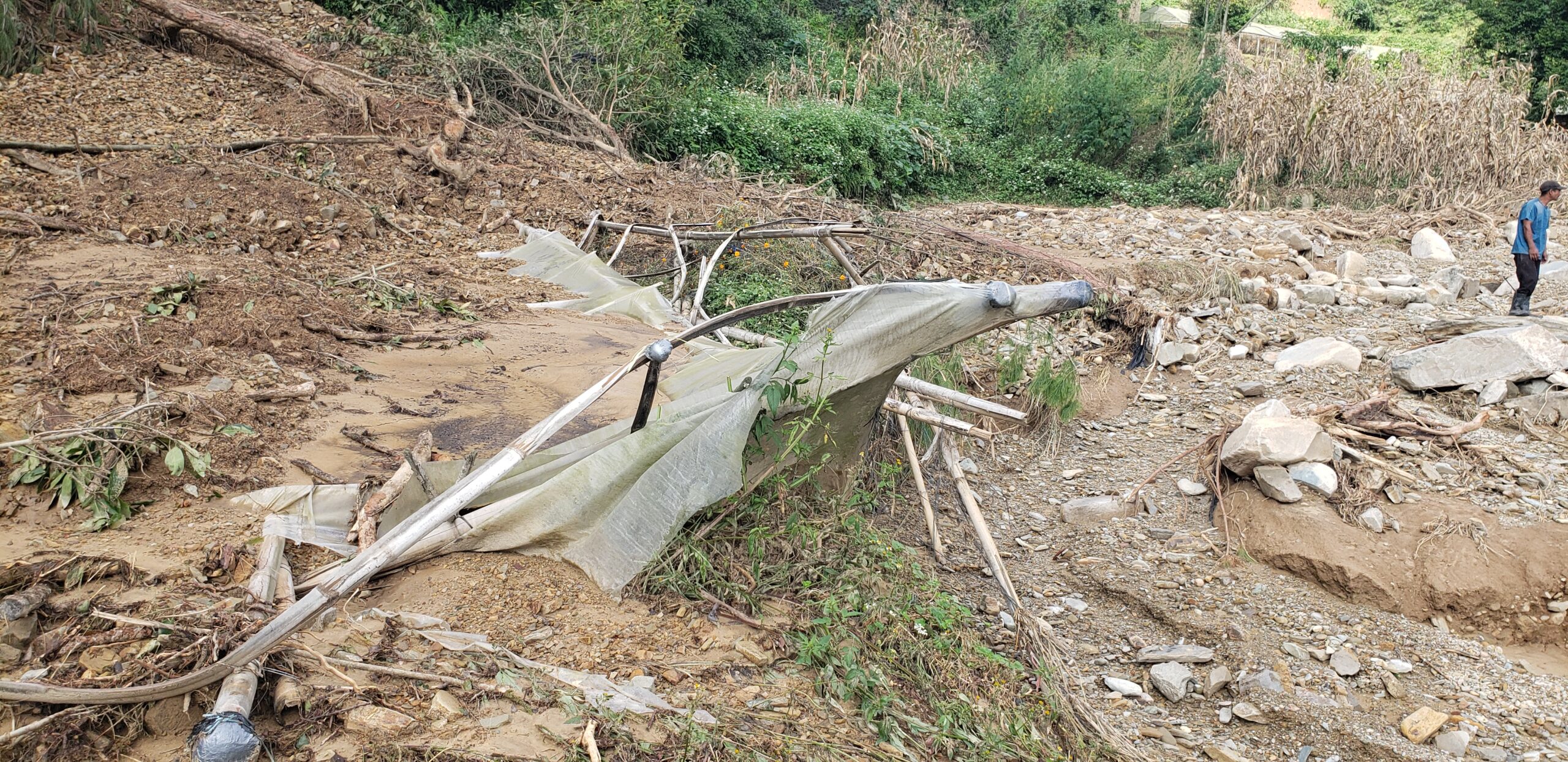
Climate experts stress that Nepal’s preparedness for such disasters needs to improve. Better weather predictions and early action could help save lives and prevent further destruction from these extreme weather events caused by climate change.
Field Visit, Reporting and Web news:
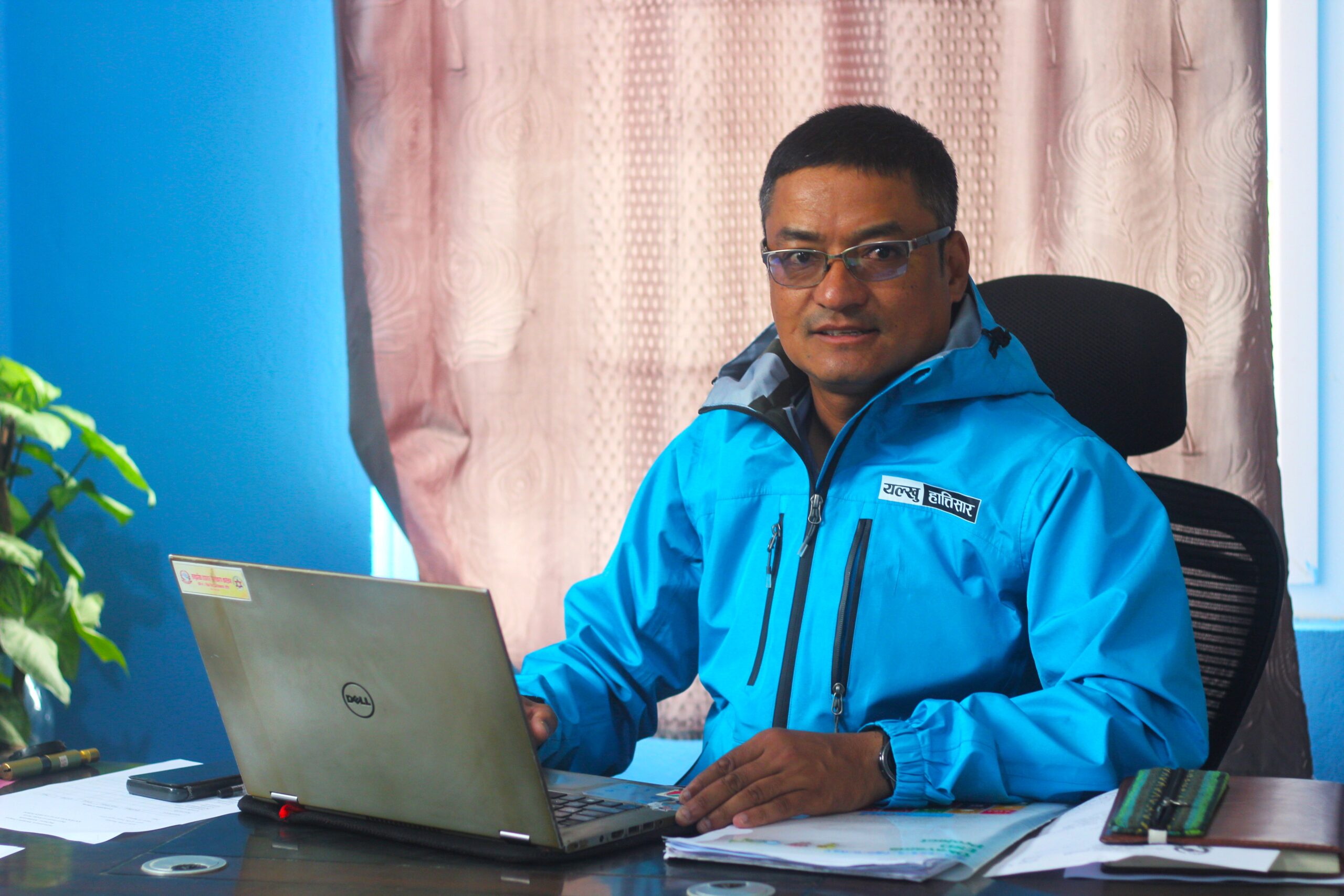
Mr. Niroj Shrestha,
Director, SCLC/ONGD-FNEL Project, Email: niroj@pharping.org.np
Kathmandu, Nepal
Contact: Cell/Whatsapp/Viber +977-9851013055,

